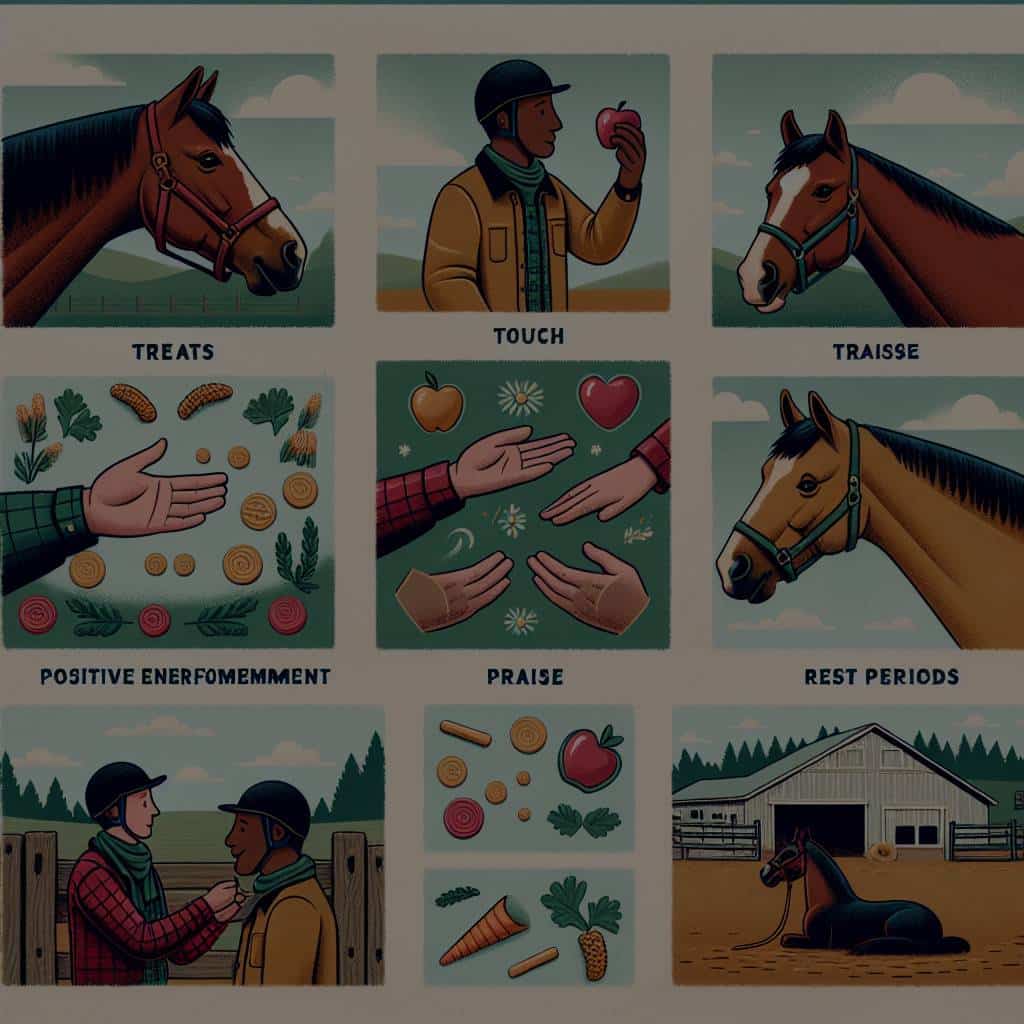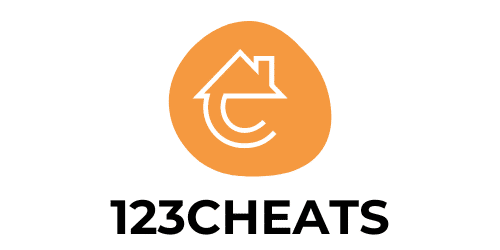What Are the Most Effective Positive Reinforcement Techniques for Horses?

As horse owners, handlers and trainers, you often face challenges in managing and molding horse behaviour. Despite the myriad of available techniques, identifying the right one that resonates with your equine friend’s temperament and your objectives can prove daunting. This article focuses on positive reinforcement, a highly effective method that can transform how you interact with your horses. Here, we delve into what positive reinforcement is, its value in horse training, and the best techniques to implement it successfully.
Understanding Positive Reinforcement
Before diving into the techniques, it’s crucial to fully understand what positive reinforcement entails. Essentially, positive reinforcement is a behavioural science principle that relies on the introduction of a reward to increase the likelihood of a specific behaviour. In horse training, it is the method by which you reward desired behaviours in horses, thereby increasing the chances that such behaviours will be repeated in the future.
Sujet a lire : How to Choose the Right Breed of Dog for Search and Rescue in Rural Areas?
The principle of positive reinforcement is rooted in the idea that horses, like all animals, will work to obtain things they find pleasant and avoid those they find unpleasant. By associating a behaviour with a positive outcome, you establish a strong connection in the horse’s mind, which facilitates learning.
The Value of Positive Reinforcement in Horse Training
Positive reinforcement holds immense value in horse training. When implemented correctly, it fosters trust and a stronger bond between you and your horse. It not only helps in equipping your horse with essential skills but also promotes their mental health, reducing stress and anxiety.
Sujet a lire : What Is the Best Material for a DIY Rabbit Hutch That Promotes Good Health?
Studies have shown that horses trained using positive reinforcement techniques often exhibit better adaptability, greater willingness to learn, and less aggressive or fearful behaviours. Notably, this method of training gives the horse a sense of control, which enhances their confidence and overall well-being.
Techniques of Positive Reinforcement
When it comes to implementing positive reinforcement, various techniques can be applied. However, the effectiveness of each technique will depend on the individual horse, their preference, and the specific behaviour you aim to reinforce.
Clicker Training
One of the most popular positive reinforcement techniques is clicker training. This method involves using a small handheld device that makes a distinct ‘click’ sound as a signal to the horse that it has performed a desired behaviour.
The clicker, being consistent and immediate, serves as a powerful tool to mark the exact moment the horse displays the desired behaviour, bridging the gap between the behaviour and the reward. Initially, the click is paired with food rewards until the horse learns to associate the sound with positive outcomes. Over time, the horse will learn that performing the desired behaviour leads to the click sound, which in turn leads to a reward.
Food Rewards
Food is an extremely effective reinforcer for most horses. The use of food in training can strengthen the horse’s motivation to learn and perform the desired behaviours.
However, it’s crucial to note that while food rewards can be highly effective, they must be used correctly to avoid fostering negative behaviours such as nipping or becoming overly focused on the food. Hence, it’s recommended to always pair food rewards with another form of positive reinforcement, like clicker training, to reinforce the desired behaviour rather than the act of receiving food.
Pressure and Release
Another popular technique used in horse training is pressure and release. Here, pressure is applied to encourage a specific behaviour, and its release serves as a reward when the horse performs that action. This method works on the principle that the horse will learn to repeat a behaviour to avoid the discomfort of pressure.
However, it’s essential to remember that pressure should never equate to punishment or pain. The pressure applied should be just enough to motivate a response but not cause distress or fear.
Steering Clear of Negative Reinforcement and Punishment
In your pursuit of optimal horse training, you might come across negative reinforcement and punishment techniques. However, these methods are often counterproductive, leading to fear-based reactions and reducing the willingness to learn.
Negative reinforcement involves removing something unpleasant to increase a behaviour, while punishment involves adding something unpleasant to decrease a behaviour. When used in horse training, these techniques can create a negative association with learning and potentially lead to aggressive or defensive behaviours.
Maintaining a focus on positive reinforcement techniques, on the other hand, fosters a harmonious relationship between you and your horse, encourages their curiosity, and builds their confidence in learning.
Remember, horse training is not a one-size-fits-all endeavor. The techniques discussed here are proven and effective. Still, it requires time, patience, and a deep understanding of your individual horse’s preferences and character. By focusing on positive reinforcement, you will not only enhance your training outcomes but also develop a stronger, more trusting bond with your equine companions.
Classical Conditioning as a Positive Reinforcement Technique
Classical conditioning, also known as Pavlovian conditioning, is another effective technique that you may use as part of your horse’s positive reinforcement training. Classical conditioning ties in with the concept of associative learning, where the horse learns to associate two stimuli to elicit a specific response.
In the realm of horse training, classical conditioning can be implemented by associating a neutral stimulus, such as a clicker sound or a specific hand gesture, with a rewarding stimulus like a treat or a gentle pat. This association, once established, prompts the horse to repeat the desired behaviour whenever the neutral stimulus is presented, in anticipation of the rewarding stimulus.
However, as with all training techniques, classical conditioning requires consistency and timing. The neutral stimulus should always precede the rewarding stimulus, and the reward should follow shortly after the desired behaviour is exhibited. This prompts the horse to make a quick association between the behaviour, the neutral stimulus, and the reward, thereby facilitating learning.
It’s important to bear in mind that horses are individuals, and what works for one horse might not necessarily work for another. Therefore, while using classical conditioning, it is essential to tailor your approach based on your horse’s individual preferences and reactions.
The Role of a Bridge Signal in Positive Reinforcement Training
A bridge signal is a distinct cue or signal used in positive reinforcement training that bridges the gap between the completion of the desired behaviour and the delivery of the reward. In essence, a bridge signal serves as a ‘marker’ that tells the horse exactly which behaviour is being rewarded. Commonly, the ‘click’ sound in clicker training acts as the bridge signal.
A bridge signal is vital because it offers precise communication between you and your horse. It marks the exact moment the desired behaviour is performed, helping the horse understand exactly what action has earned them a reward. This clarity and precision facilitate more effective learning.
The most effective bridge signals are short, distinct, and easily identifiable. They should be consistent and not easily confused with other sounds or commands used in the training process. Whichever signal you choose to use, whether it’s a clicker, a whistle, or a specific word, remember that the effectiveness of the signal rests on its consistent use.
Conclusion: Positive Reinforcement for a Positive Horse Training Experience
Horse training can be a challenging yet rewarding journey. The use of positive reinforcement techniques like clicker training, food rewards, pressure and release, classical conditioning, and bridge signaling can significantly enhance this experience. Not only do these techniques promote desirable behaviours in horses, but they also foster a stronger and more positive connection between the trainer and the horse.
While positive reinforcement is a powerful tool in horse training, it’s crucial to steer clear of negative training methods such as negative reinforcement and positive punishment. These techniques often yield counterproductive results, potentially instilling fear and reducing the horse’s willingness to learn.
Remember, the ultimate goal of training is not just to teach your horse to perform certain actions but also to nurture a healthy, trusting, and respectful relationship with your equine companion. With a firm grasp of positive reinforcement techniques, coupled with patience and consistency, you can create a rewarding learning environment that benefits both you and your horse.
In the end, every horse is unique, and training should be an individualized process that caters to the horse’s preferences and temperament. There’s no one-size-fits-all approach, but the consistent application of positive reinforcement is undoubtedly a step in the right direction.
